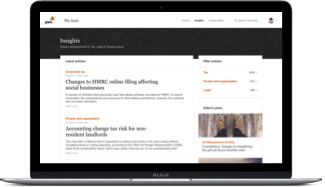If the future of data management excites, it is for this reason: as analytics and reporting requirements become more complex, new insightful data will become available from different sources. To consider how this will happen, we need to look at first movers (mainly MNCs) and tax authorities, but also at the specific areas in which we can see innovation.
One such area is tax warehousing, which means storing all tax-relevant data in a single database from which companies can generate the analytics, reporting, and management information required to run a compliant, effective, and insightful tax function. With the recent roll-out of country-by-country reporting (CBCR) requirements, standard audit files for tax (SAF-T), and real-time reporting obligations, the concept of tax warehousing has occupied plenty of column inches. The new capabilities of tax software and ERP providers have meanwhile been heavily promoted.
Few organisations, however, have actually established a ‘one-stop shop’ tax warehouse: even if the technology exists, and even if legal scrutiny encourages the adoption of this technology, there remain enormous challenges related to content, data, and functionality.


